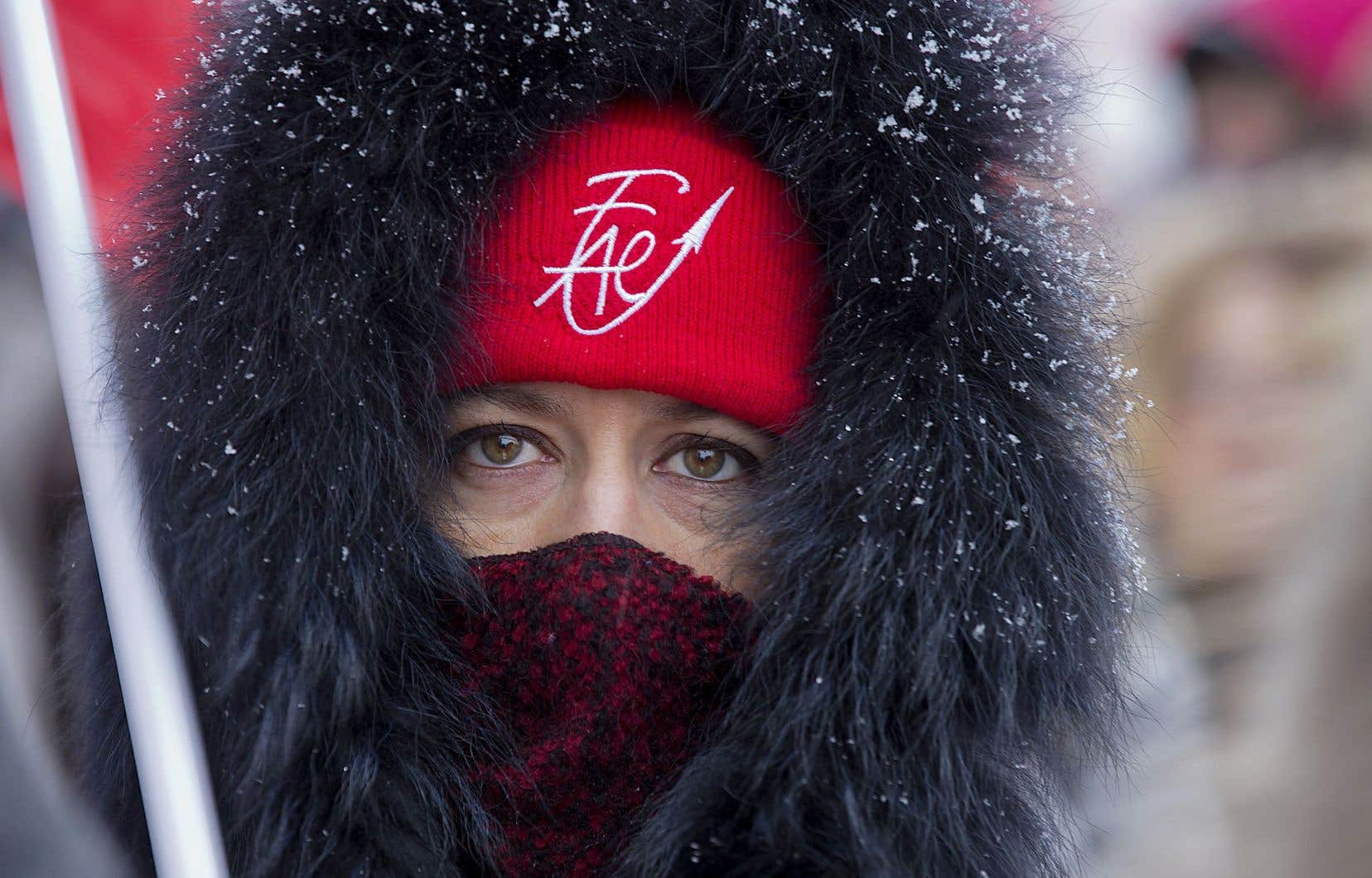Teachers, gathered on a picket line, discuss among themselves. Without strike grounds, they are banking on this final means of action to slow down the deterioration of their employment conditions. In the midst of an inflationary crisis, they face a government which takes their work for granted, which flouts their professional autonomy and which keeps them precarious. In solidarity, they launch fundraisers to support their colleagues and they have heart-to-heart discussions in the strike premises. It is the winter of 1983.
The rest is history. Repressed by Law 111, teachers were forced to return to work by taking a 20% pay cut for three months, then a freeze for a year. Their conditions of employment were decreed until 1985 by the PQ government, with significant setbacks: increase in workload, increase in student ratios, imposition of related tasks, generalized precariousness… At the same time, students with adjustment and learning difficulties began to be integrated into regular classes, but without adequate support.
At the time, the government had focused on a denigration campaign against teachers and public sector employees, presented as “privileged” in the midst of an economic crisis. By creating a division between workers and the unemployed, between the public sector and the private sector or between the population and civil servants, the political class succeeded in gaining greater acceptance of the first neoliberal reforms in public services. Since then, numerous special laws have undermined the balance of power of unions and harmed the organization of workers in the face of repeated attacks in the public sector.
Feminist fight
The situation in schools has hardly improved since the 1980s. School staff have faced waves of budget cuts, restructuring of the education network, multiple educational reforms and a pandemic that has disrupted their work.
Workers kept public schools running with insufficient resources, but today they are running out of steam. From one school year to the next, the “shortage” of teachers worsens due to poor conditions and, rather than upgrading the profession, the government is content to guarantee “one adult per class”.
Two visions clash. On the one hand, the CAQ government is proposing an economic recovery by generously financing traditionally male-dominated private sectors including construction, mining and forestry and the battery sector. Billions are being injected into a handful of jobs that will “create wealth,” we are told.
On the other hand, public sector union members are demanding an urgent improvement of their conditions in order to guarantee quality services and staff retention. Their fight is intrinsically feminist: they are not only fighting for better salaries, but to revalorize traditionally feminine professions too often considered as a “vocation”.
Today, the government is once again counting on the running out of steam of the strikers and the hostility of public opinion. The difference is that this time, the majority of the population, aware of the deterioration of public services, sides with the union members.
From Quebec to France, donations are pouring in to support the strikers. Everything is at stake now: if they do not force the State to reinvest in education and school personnel, who will?
The current issues go beyond the simple negotiation of a collective agreement. The teachers on strike are trying to reverse 40 years of deterioration in employment conditions and to guarantee real recognition of their professional autonomy. For the first time in four decades, they are on an indefinite general strike, at the heart of one of the largest union mobilizations in Quebec history. The next few weeks will be decisive.
